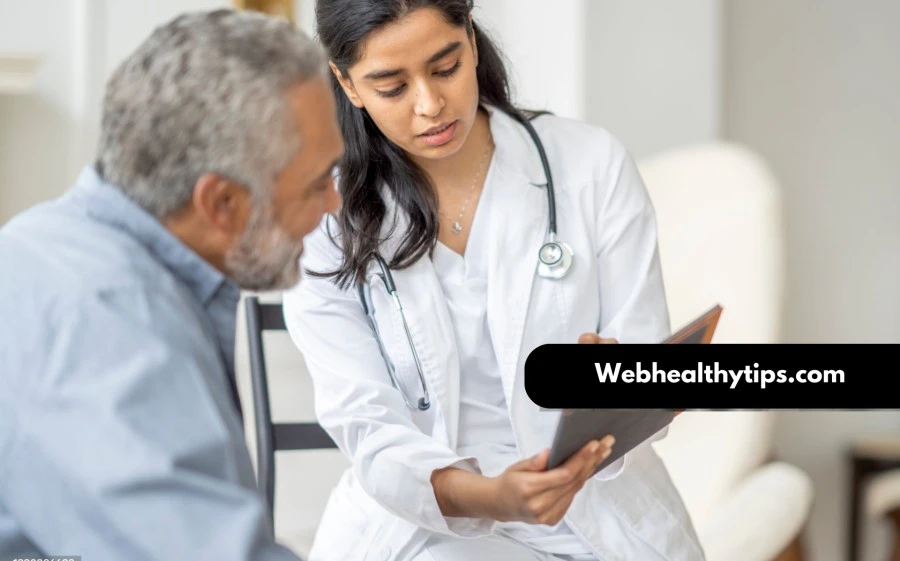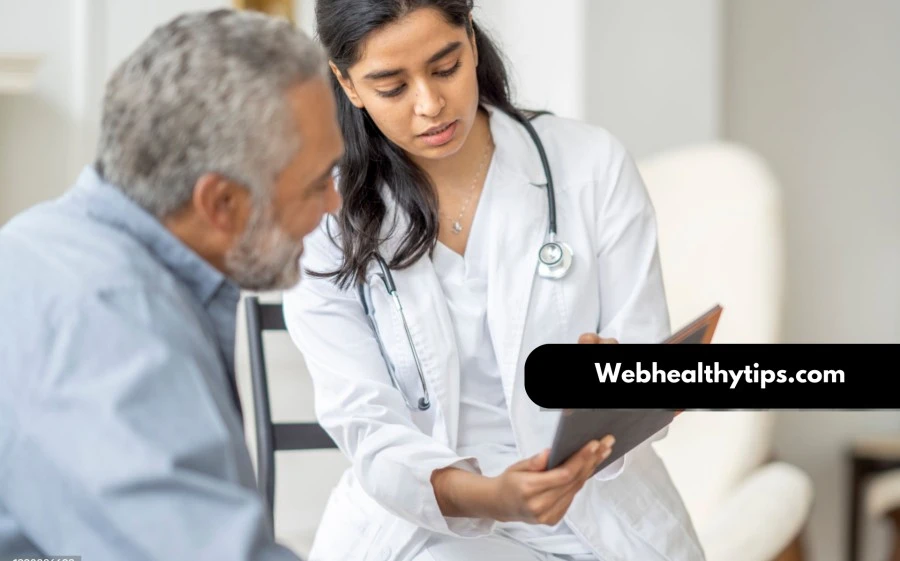
The colonoscopy and endoscopy are two frequently suggested procedures for identifying problems related to the digestive tract. These are two minimally invasive methods that aid medical professionals in evaluating internal organs and tissues. Despite their apparent similarities, the two are very different from one another. The definitions of colonoscopy and endoscopy, their goals, the procedures involved, and the main distinctions between them will all be covered in this article.
Also read – Click Here
How Does a Colonoscopy Work?
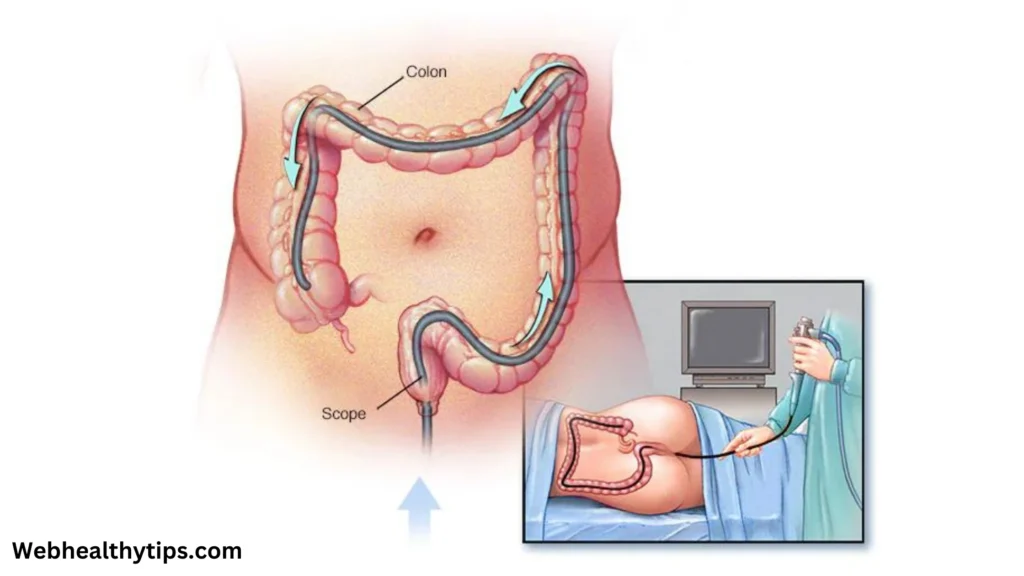
A colonoscopy is a medical procedure that looks inside the rectum and the colon, or large intestine. A long, flexible tube known as a colonoscope is introduced into the rectum during this surgery. With the use of the light and camera on the colonoscope, medical professionals can see the inside of the colon and rectum.
Colonoscopies are frequently performed to detect polyps, screen for colon cancer, and look into the reasons of gastrointestinal symptoms like discomfort, bleeding, or changes in bowel habits.
How Do Endoscopies Work?
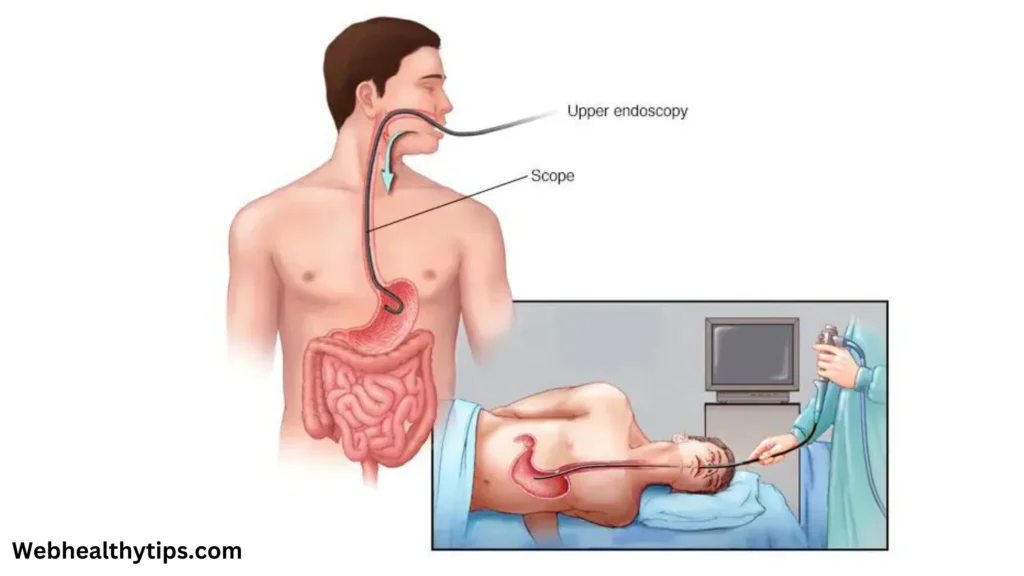
Any technique involving the use of an endoscope—a flexible tube equipped with a light and camera—to observe the inside of the body is referred to as an endoscopy in general. Examining the upper gastrointestinal (GI) tract, which includes the esophagus, stomach, and the duodenum, the first segment of the small intestine, is sometimes referred to as a “endoscopy.” The specific name for this operation is esophagogastroduodenoscopy (EGD), or upper endoscopy.
Though this page focuses on gastrointestinal endoscopy, endoscopy can also be performed in specific circumstances to examine other regions of the body, such as the bladder (cystoscopy) or lungs (bronchoscopy).
The goal of endoscopy and colonoscopy
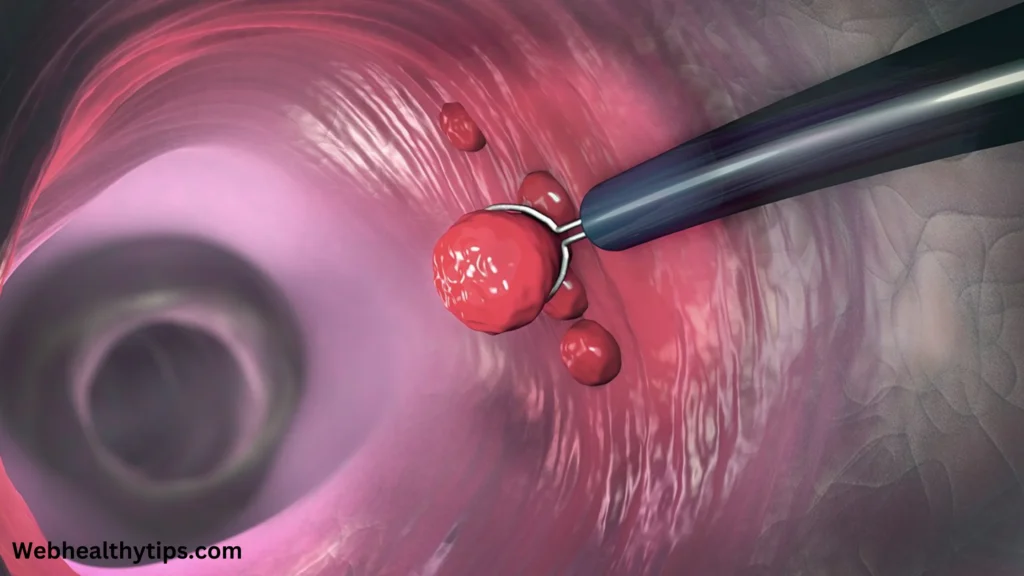
Although both colonoscopy and endoscopy are diagnostic procedures, their functions vary based on the area of the digestive system under examination.
Colonoscopy
- Screening for Colon Cancer: The most effective method of identifying and preventing colon cancer is a colonoscopy. It makes it possible to locate and eliminate precancerous polyps.
- Evaluation of Symptoms: A colonoscopy can assist in determining the underlying cause of symptoms such as rectal bleeding, persistent diarrhea, unexplained weight loss, or stomach pain.
- Follow-up on Abnormal Results: If other tests, including a fecal occult blood test, yield abnormal results, a colonoscopy may be advised.
Endoscopy
- Diagnosing Upper Gastrointestinal Disorders: Endoscopy is frequently utilized to identify diseases like esophagitis, ulcers, hiatal hernias, and gastroesophageal reflux disease (GERD).
- Examining Symptoms: An upper endoscopy can assist in identifying the reason of any symptoms you may be experiencing, such as chronic heartburn, vomiting, or stomach pain.
- Biopsy and Treatment: During an endoscopy, medical professionals might obtain biopsies of aberrant tissues or cauterize the afflicted area to treat diseases like bleeding ulcers.
How Are These Treatments Carried Out?
While both colonoscopy and endoscopy require the use of specialized equipment to view the gastrointestinal tract, their methods and areas of emphasis are different.
Procedure for Colonoscopy
Usually lasting between thirty and sixty minutes, a colonoscopy is done while the patient is sedated to provide comfort. The colonoscope is carefully placed into the colon through the rectum while the patient is on their side. The entire colon is examined by the physician, who looks for anomalies like polyps or inflammatory tissue.
If polyps are discovered, they can be extracted during the process and submitted for additional examination. If necessary, a colonoscopy can also be used for biopsies. The patient is observed following the surgery until the sedation wears off.
Procedure for Endoscopy
An upper endoscopy often requires local anesthetic or mild sedation and lasts 15 to 30 minutes. The endoscope is passed via the mouth and down the neck, into the esophagus, stomach, and small intestine while the patient is on their side. The physician may see the lining of these organs in real time thanks to the endoscope’s camera.
In addition to doing biopsies, the physician can treat diseases like bleeding ulcers or remove foreign items during an upper endoscopy. Following the procedure, the patient is often discharged the same day after a brief period of observation.
Colonoscopy vs. Endoscopy: Important distinctions
Although a flexible tube equipped with a camera is used in both procedures, there are a few significant distinctions between colonoscopy and endoscopy:
| Aspect | Colonoscopy | Endoscopy |
|---|
| Focus Area | Colon and rectum | Esophagus, stomach, duodenum |
| Insertion Point | Rectum | Mouth |
| Duration | 30-60 minutes | 15-30 minutes |
| Purpose | Colon cancer screening, polyp removal | Diagnosing GERD, ulcers, and esophagitis |
| Biopsy Capability | Yes, polyps and abnormal tissues | Yes, abnormal tissues in upper GI tract |
| Sedation | Moderate to deep sedation | Light sedation or local anesthesia |
Getting Ready for the Endoscopy and Colonoscopy
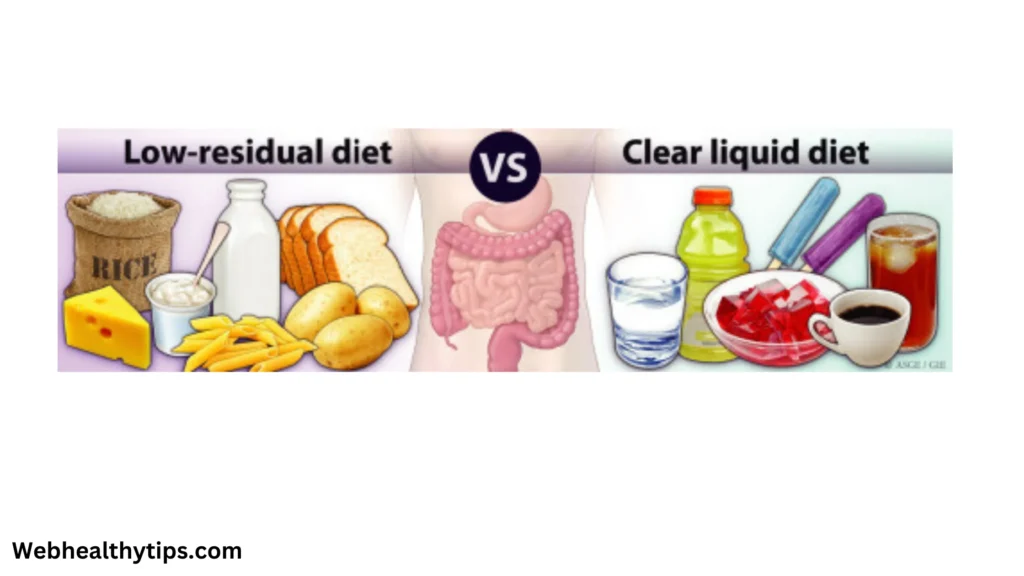
To guarantee precise results and clear visualization, preparation is crucial for both processes.
Getting Ready for the Colonoscopy
- Bowel Preparation: A complete colonoscopy necessitates a thorough cleaning. Usually, a clear liquid diet for 24 hours is followed by taking a laxative solution to help evacuate the intestines.
- Fasting: To guarantee that the colon is totally empty, patients must fast for a few hours prior to the treatment.
- Medication Modifications: Prior to the surgery, some medications, like blood thinners, may need to be stopped.
Setting Up for an Endoscopy
- Fasting: To guarantee that the stomach is empty for an endoscopy, patients must fast for at least 6 to 8 hours beforehand.
- Steer Clear of Certain Medications: Some medications may need to be stopped prior to the procedure, depending on the patient’s condition.
- Local Anesthetic: To lessen discomfort during the treatment, a local anesthetic may occasionally be sprayed into the throat.
Hazards & Difficulties in Every Operation
Although colonoscopies and endoscopies are generally safe, there are hazards associated with any medical operation.
Risks of Colonoscopy
- Perforation: There is a slight chance that the colon will rip or puncture, necessitating surgery.
- Bleeding: Minor bleeding may occur during polyp removal or biopsies.
- Reaction to Sedation: The sedative may cause a negative reaction in certain patients.
Endoscopy Dangers
- Perforation: There is a small chance that the stomach or esophagus will puncture.
- Infection: At the location of a biopsy, infections can happen, albeit they are uncommon.
- Bleeding: Areas treated during the procedure or used for biopsies may bleed.
recuperation following an endoscopy and colonoscopy
Although both treatments have a rather rapid recovery time, there may be some side effects.
- Following a colonoscopy
The air injected during the treatment may cause bloating or gas in the patient. As the sedative wears off, it is advised to rest for the rest of the day. Any polyps extracted during the process will be examined, and the results may indicate that additional care is needed. - Following an endoscopy
Following the surgery, patients could feel a little uncomfortable or have a sore throat. After a brief recuperation period, most people are able to return to their regular activities. In the event that a biopsy was performed, the physician will give more instructions in light of the findings.
When Is It Time to Consider an Endoscopy or Colonoscopy?
A colonoscopy or endoscopy may be suggested by your physician in light of your symptoms and risk factors. The following situations may require one of these procedures:
- Colonoscopy: Suggested for those over 50 to screen for colon cancer, or for those who have persistent bowel changes, unexplained weight loss, or rectal bleeding.
- Endoscopy: Suggested for people who have reflux disease, trouble swallowing, stomach pain, or regurgitation.
Both methods are crucial resources for the identification and management of gastrointestinal disorders.
In summary
Despite their apparent similarities, colonoscopy and endoscopy are two separate procedures meant to look at different regions of the digestive tract. An endoscopy looks into the upper digestive tract, whereas a colonoscopy concentrates on the colon and rectum, mostly for cancer screening.


